Many dog foods and treats include fish ingredients, which can be beneficial to your pet's health…but what impact does this huge market for fish products have on the environment?
The demand for seafood, including in pet products, has led to fishing methods that increase production, and it’s come at a cost; aquatic ecosystems and the natural habitats of sea life are paying the price. While this has led to many fishing industry problems, there are also many possible solutions.
Here are the five most detrimental fishing practices affecting the underwater world today, and some thoughts on what we can do to stop it.
1. Overfishing
This term refers to the practice of catching fish faster than they are able to reproduce. The large fish that many of us are familiar with (such as tuna and snapper) are particularly vulnerable to this, as they live many years and are slow to reproduce. As overfishing takes place over time, these species become depleted and fisherman begin "fishing down the food chain,” shifting focus from catching predators to species lower in the food web, like sardines and squid. Removing these prey species from the marine environment impact predators and the aquatic ecosystem.
2. Bycatch
Bycatch refers to the fish, seafood, turtles, seabirds and other animals that are not targeted by fisheries, but are incidentally caught by broad-sweeping fishing mechanisms like gillnets and bottom trawls. Gillnets are huge nets that spread miles wide, catching anything that swims into them, including sharks, sea turtles, and dolphins. Bottom trawls comb the bottom of the sea, dragging creatures, coral, and anything else in its path along with it. Both these methods account for the careless and wasteful deaths of countless sea creatures every day.
The stats on bycatch are astounding. Seafood Watch estimates that up to six pounds of other species are discarded for every pound of shrimp caught. Further, they also attribute the fact that over 15% of shark species are threatened with extinction in large part to the predominance of poorly targeted fishing methods, such as longlines, trawls and purse seines.
3. Damage to the ocean floor
As mentioned above, bottom trawls are capable of destroying anything in their paths. And this doesn’t just mean fish and sea animals; when coral, sponges, and plants are destroyed, the sea life depending on the habitat that they’ve provided lose shelter, food sources, and safe places to breed.
4. Managing Fishing
While regulations for the fishing industry do exist, their real impact is questionable and there are some basic steps that would have a huge impact. First, imposing catch limits that reduce over-fishing would go a long way to ensuring the health of vulnerable species and the marine environment. Second, would be imposing basic regulations that require fisheries to use devices that reduce the impact of their tools and machinery on vulnerable species and the sea floor. Finally, while there are wonderful underwater areas dedicated to preserving wildlife, these Marine Protected Areas (MPA’s) should be expanded; the MPA’s that already exist support healthy, vital ecosystems.
5. Illegal Fishing
As fish species become more depleted and demand for product rises, there have been increases in illegal fishing. This takes many forms, including: keeping undersized fish, fishing in territories without permission, catching fish off-season, failing to record catch information, and using illegal procedures. This issue goes hand-in-hand with having a more advanced and better enforced regulatory system for the industry.
The Solution
Consumers supply the demand! That is why it’s so important to make sure that all seafood—for both human and pet consumption—is ethically sourced and promotes environmental sustainability. When we ask for “sustainable seafood,” we are asking for a product that’s caught using sustainable fishing practices, using equipment that minimizes bycatch, avoiding overfishing and taking care to not negatively impact the ocean environment. By making the choice to only purchase responsibly caught seafood for ourselves and our pets, we can move the industry to make a change, for the good of the environment.







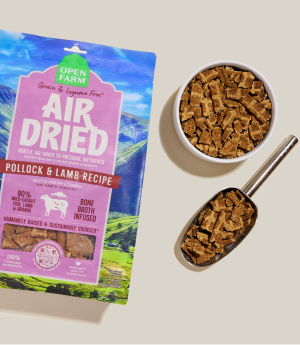






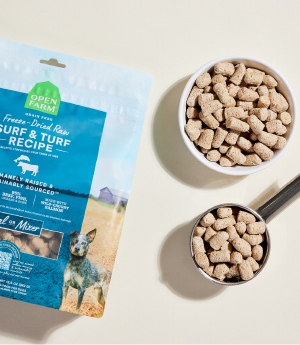






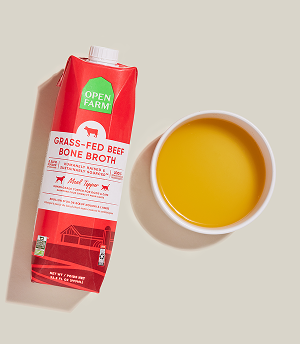














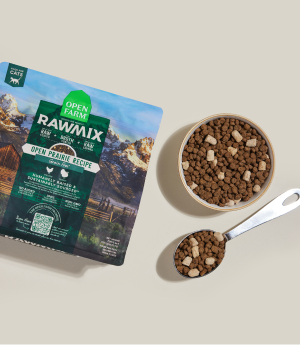
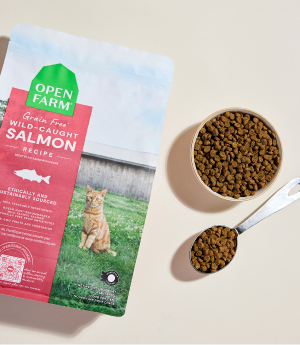

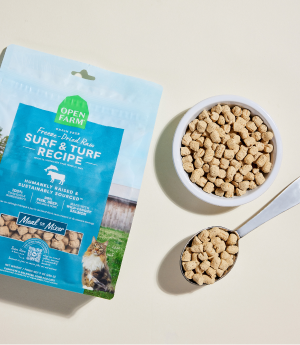


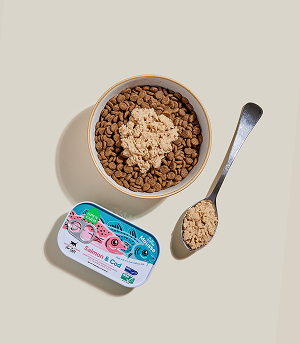
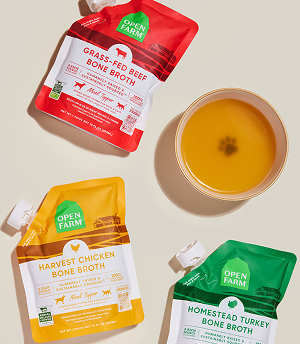

 Sign In
Sign In
 Create Account
Create Account




